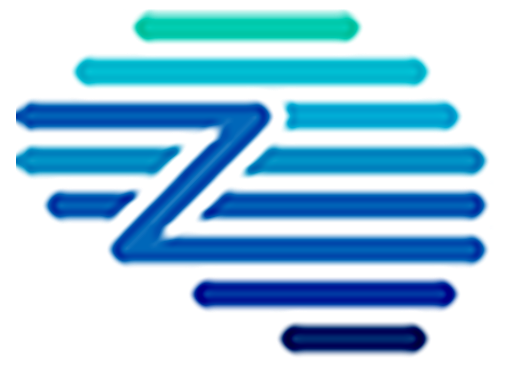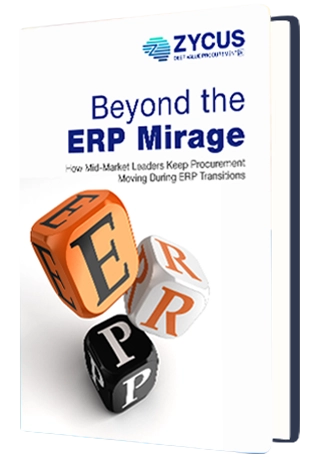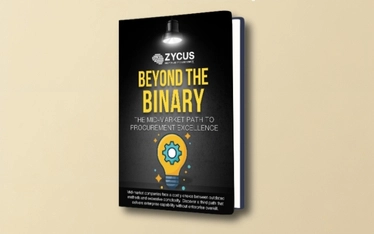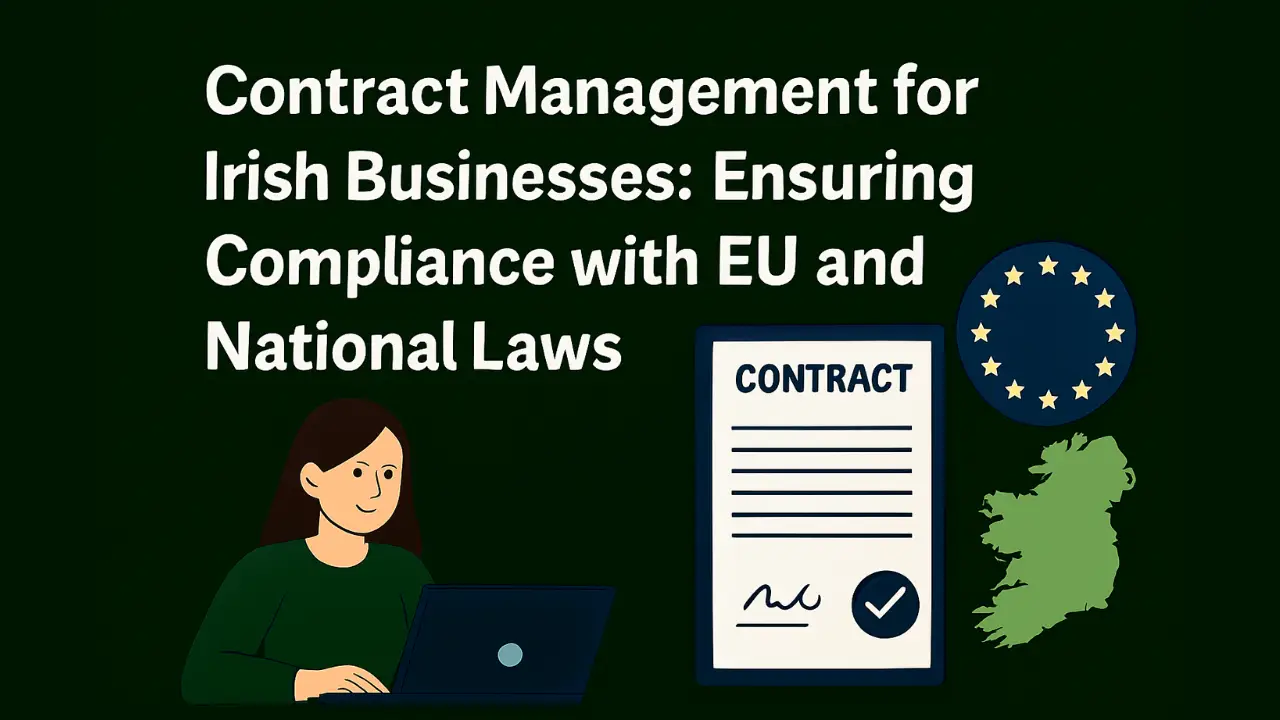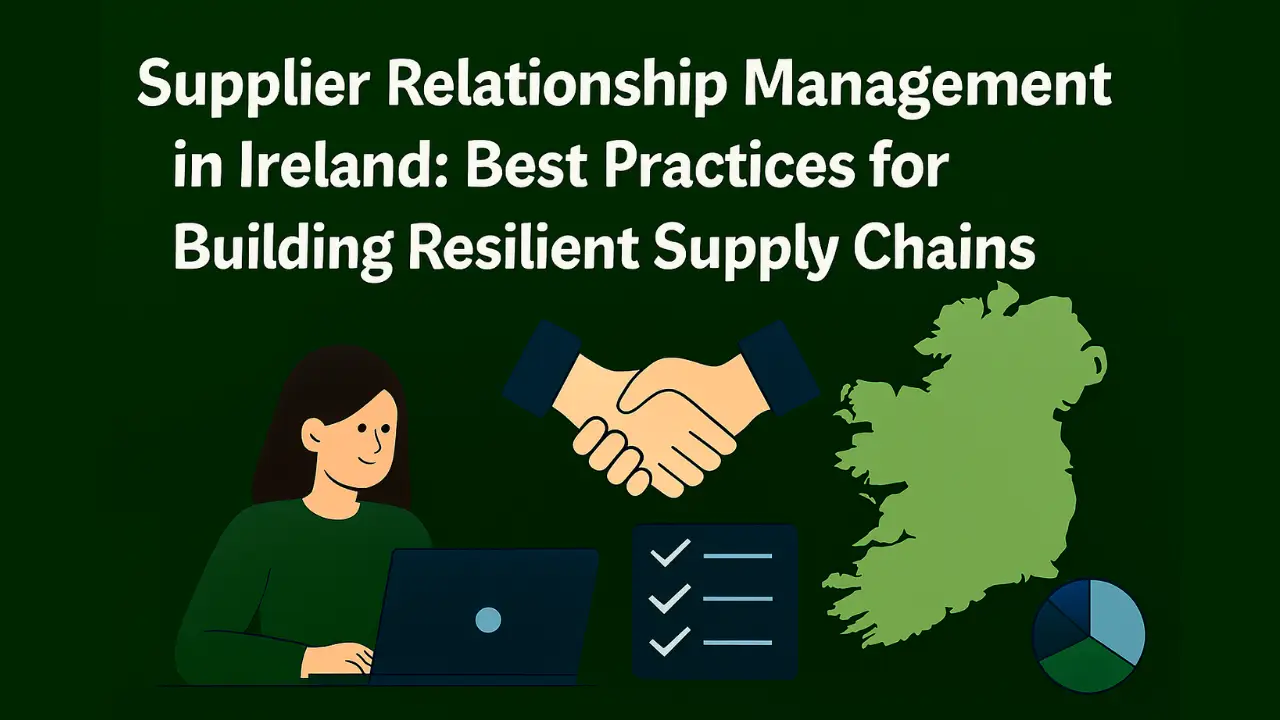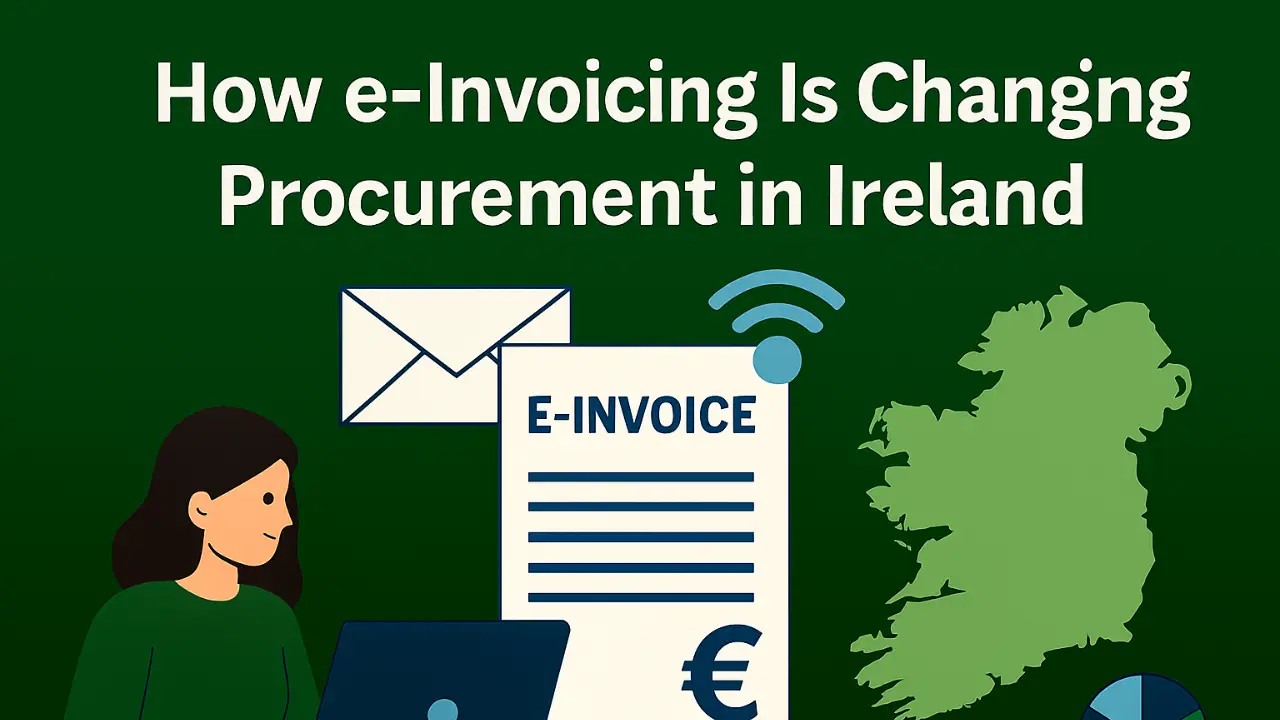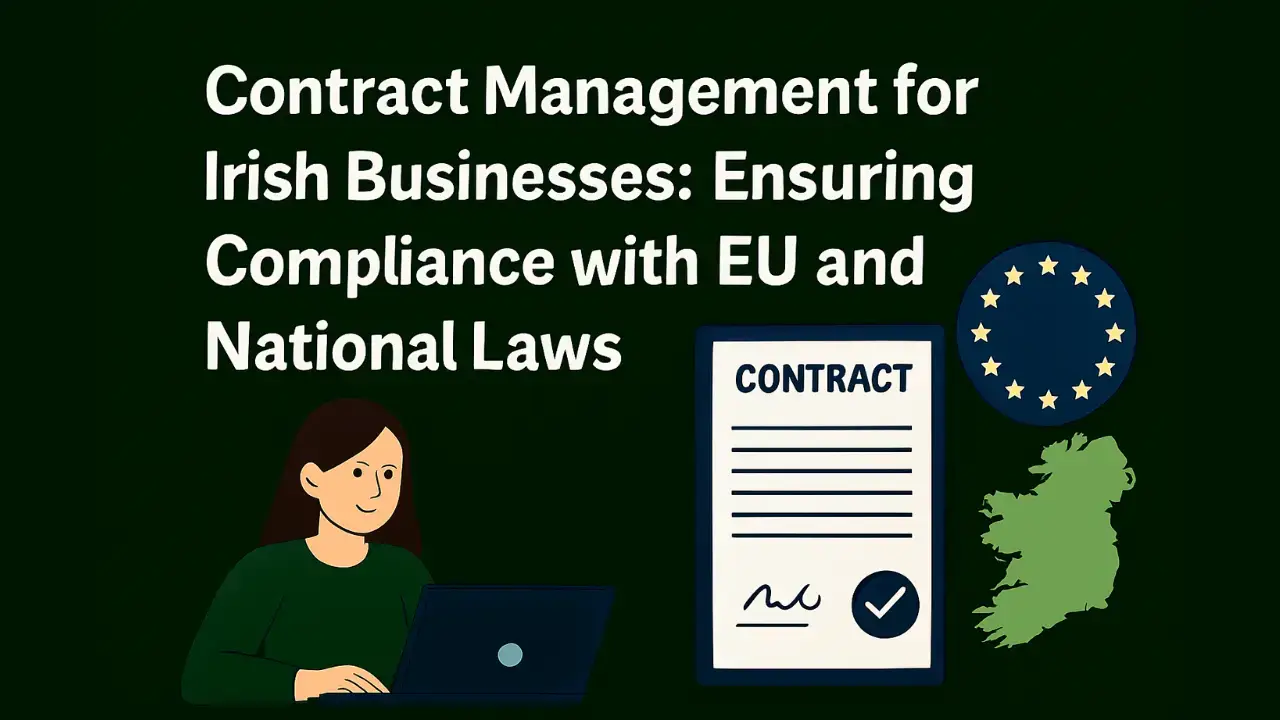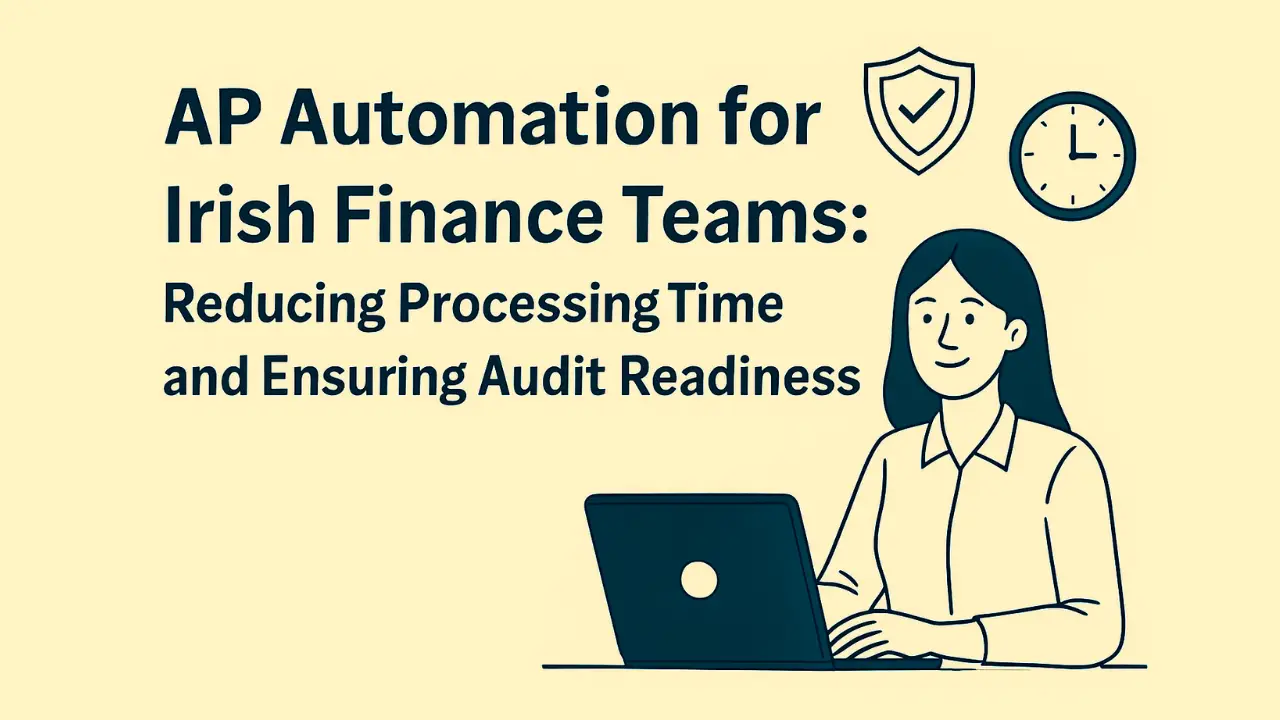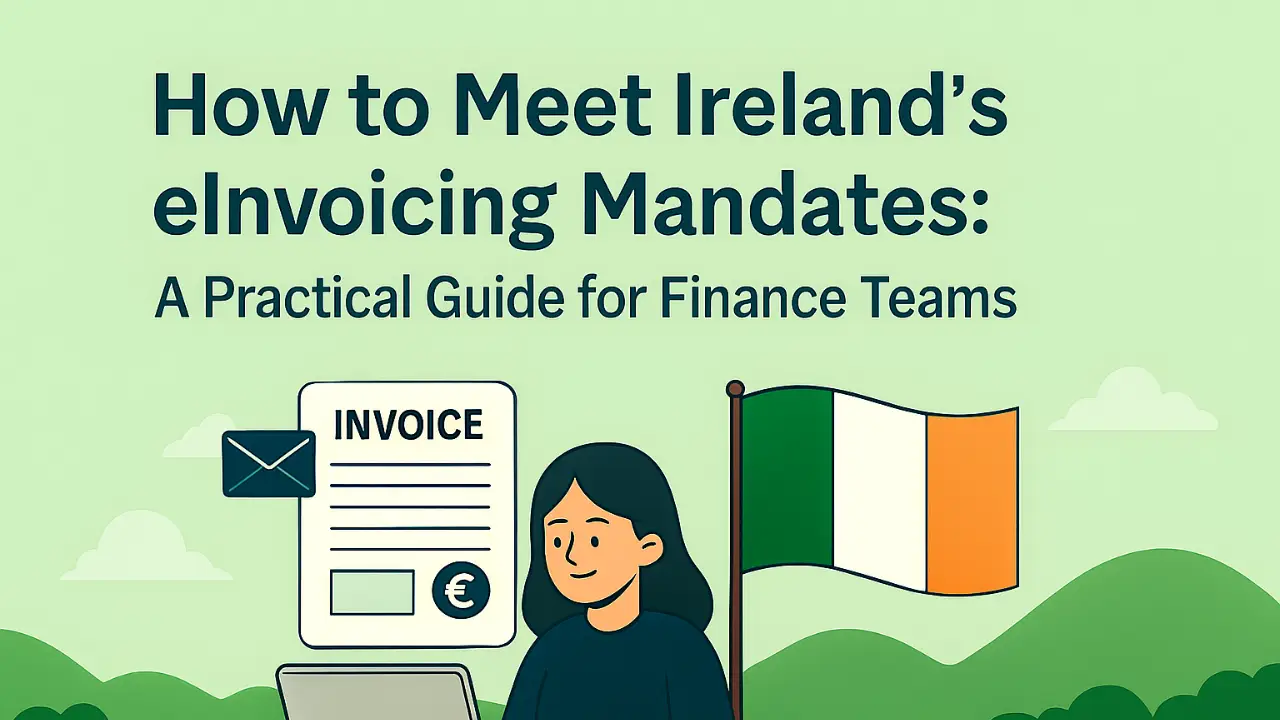TL;DR
- A solid business case for procurement automation helps organizations replace manual, error-prone processes with digital workflows that drive efficiency and control.
- Procurement automation can deliver up to 70% cost savings, reduce cycle times, and improve compliance across the procure-to-pay lifecycle.
- Building the business case starts with assessing your Cost per Purchase Order (CPPO) and Cost per Invoice (CPI) to quantify potential ROI.
- AI-powered automation enhances decision-making through predictive analytics, guided buying, and anomaly detection, transforming procurement into a value enabler.
- Beyond cost reduction, automation strengthens cross-functional collaboration, supplier relationships, and data-driven visibility.
- Gaining executive and stakeholder buy-in ensures your procurement automation initiative delivers measurable ROI and long-term strategic impact.
What is Procurement Automation and Why Does it Matter Today?
Procurement automation is the process of using digital tools and intelligent workflows to replace manual, paper-based procurement tasks. It eliminates repetitive work—like entering purchase orders, routing approvals, or matching invoices—so teams can focus on strategic decisions.
In today’s fast-moving business environment, automation isn’t just a nice-to-have—it’s essential. Procurement teams that digitize their procure-to-pay cycle achieve faster turnaround, fewer errors, and clearer visibility into where money is being spent. In short, automation turns procurement from an operational task into a competitive advantage.
Key Statistics That Highlight the ROI of Procurement Automation
Numbers tell the story best. Studies by Gartner and The Hackett Group show that companies implementing end-to-end procurement automation:
- Cut invoice processing costs by up to 70%
- Reduce cycle times by nearly 50%
- Capture up to 35% more early-payment discounts
- Free up procurement staff to focus 25–30% more time on strategic projects
These are not small wins—they represent tangible, measurable results that make automation a clear business case for cost optimization and efficiency.
How to Build a Strong Business Case for Procurement Automation
Getting leadership buy-in for automation requires more than enthusiasm—it requires evidence. Start by auditing your current processes to understand where time, money, and resources are being lost.
Use a Procure-to-Pay Business Performance Calculator to estimate your Cost per Purchase Order (CPPO) and Cost per Invoice (CPI). Once you know the baseline, you can project potential savings and efficiency improvements through automation.
Finally, connect these benefits to broader business goals—faster procurement means smoother operations, stronger supplier relationships, and improved working capital management.
Common Challenges in Gaining Executive Buy-In—and How to Overcome Them
Convincing leadership to invest in automation often hits a few familiar roadblocks: budget hesitation, change management fears, or a “we’ve always done it this way” mindset.
The best way to overcome resistance is through clarity and collaboration.
- Show the numbers: Quantify the potential ROI and payback period.
- Engage stakeholders early: Get finance, operations, and IT aligned from day one.
- Demonstrate quick wins: Pilot automation in one department to prove success before scaling.
When stakeholders see automation as an enabler rather than a disruption, adoption becomes far smoother.
The Role of AI and Predictive Analytics in Procurement Automation
Artificial Intelligence (AI) has taken procurement automation beyond basic digitization. AI-driven systems can now predict demand, analyze supplier performance, and even flag anomalies before they become costly issues.
Imagine a system that automatically matches purchase orders with invoices, detects duplicates, or recommends early payment opportunities. Predictive analytics makes this possible—helping procurement teams move from being reactive to proactive.
Platforms like Zycus Merlin AI use these intelligent capabilities to help organizations make faster, smarter, and more confident procurement decisions.
Benefits Beyond Cost Savings: How Automation Transforms Procurement Strategy
While cost reduction is the headline benefit, procurement automation’s real power lies in how it transforms strategy. Automated workflows allow procurement to become a trusted advisor to the business, not just a processing hub.
Here’s how:
- Improved collaboration: Finance, operations, and suppliers work together seamlessly on one platform.
- Better compliance: Automated approvals reduce policy violations and maverick spending.
- Enhanced agility: Teams respond faster to changes in demand or supply chain conditions.
- Data-driven insights: Real-time dashboards turn spend data into strategic intelligence.
Procurement automation doesn’t just save money—it builds long-term resilience.
Tools and Frameworks to Quantify Procurement Automation ROI
To make your case more persuasive, quantify the outcomes you expect. Use frameworks and tools to establish a performance baseline.
A good starting point is Zycus’s Procure-to-Pay Business Performance Calculator. It helps estimate CPPO and CPI, providing an accurate snapshot of how much time and money your current process consumes.
Once you have this data, model the impact of automation—what if your processing time drops by 50% or your error rate halves? The results will help translate efficiency improvements into financial value, making your proposal data-backed and credible.
Case Example: Quantifying the Business Impact of Procurement Automation
Let’s take a real-world example. A mid-sized manufacturing firm processing about 3,000 invoices per month relied on manual approval workflows. The result? Delays, duplicate payments, and limited visibility into spend.
After implementing an automated procure-to-pay solution, they:
- Reduced invoice processing time from 8 days to 3 days
- Lowered cost per invoice by 65%
- Captured 40% more early-payment discounts
- Freed procurement staff to focus on supplier strategy
The impact wasn’t just operational—it became a key talking point in board meetings on efficiency and digital transformation.
Key Metrics Every CPO Should Track Post-Automation
Once automation is live, measuring performance is critical to sustaining momentum. CPOs and finance leaders should monitor:
- Cost per Purchase Order (CPPO) and Cost per Invoice (CPI)
- Cycle time from requisition to payment
- Compliance rate with procurement policies
- Supplier satisfaction scores
- Automation adoption rates across departments
These metrics reflect not just efficiency, but also stakeholder alignment and business value.
Tips for Making a Business Case for Procurement Automation
Savings is just one of the lucrative outcomes to interest the decision making committee to consider procurement automation. In addition to that, there are other significant perks that the organization gains:
- Ability to manage every procurement and order management tasks on a single platform
- Purchase from multiple companies at one go
- Access project-based requisition straight to the activity level
- Reduce paper and manual processing
- Eliminate maverick spend
- Enhance cross-departmental communication & collaboration &
- Assign staff to more strategic & non-redundant, value-added tasks
Building a case for procurement automation for a single person may be taxing. Therefore we recommend that procurement professional involves purchasing managers, users as per departments, and the chief comptrollers of audit/finances. Together, a procurement professional can anticipate a clear roadmap to procurement automation. On developing a case with finances, operations, and strategy, it’ll make a stronger impact on the decision-makers.
Conclusion: Building Organizational Consensus for Procurement Automation
Procurement automation is no longer a futuristic idea—it’s an immediate opportunity. But success depends on consensus, not just technology.
When finance, operations, IT, and procurement teams share a unified vision, automation delivers real business transformation. With a clear business case, measurable ROI, and executive buy-in, procurement evolves from being a cost-control unit to a strategic engine for growth and innovation.
FAQs
Q1. What is procurement automation?
Procurement automation uses digital tools and AI to streamline manual procurement processes like requisitions, purchase orders, invoicing, and approvals. It reduces costs, minimizes errors, and accelerates the entire procure-to-pay (P2P) cycle.
Q2. Why should organizations invest in procurement automation?
Automation delivers significant benefits—up to 70% in cost savings, faster invoice processing, improved accuracy, reduced manual work, and stronger supplier compliance. It also frees teams to focus on strategic, value-driven tasks instead of repetitive processes.
Q3. How can I make a business case for procurement automation?
Start by assessing your current costs using a Procure-to-Pay Performance Calculator. Present potential savings, process efficiency gains, and ROI projections. Support your proposal with data on cycle time reduction, error elimination, and improved compliance.
Q4. What are common cost drivers in manual procurement processes?
Manual processes lead to higher Cost per Purchase Order (CPPO) and Cost per Invoice (CPI) due to time-consuming data entry, approval delays, paper-based tracking, and lack of visibility into spend or supplier performance.
Q5. What metrics can demonstrate the ROI of procurement automation?
Key ROI metrics include:
- Reduction in CPPO and CPI by up to 70%
- Faster purchase-to-pay cycle times
- Decrease in maverick spend
- Increased compliance and visibility
- Improved collaboration across departments
Q6. How can automation improve collaboration in procurement?
Automated systems centralize communication, allowing departments, finance, and suppliers to work from a single platform. This improves transparency, reduces bottlenecks, and enhances cross-departmental coordination.
Q7. What are the main features of a robust procurement automation system?
Top systems include:
- End-to-end P2P automation
- Integrated requisition and invoicing workflows
- Spend analytics and reporting
- Supplier management and compliance tools
- Cloud-based, user-friendly dashboards
Q8. How can AI enhance procurement automation?
AI augments automation through intelligent data capture, predictive analytics, and guided buying. It anticipates user needs, flags anomalies, and recommends sourcing or cost-saving opportunities—making procurement smarter and more strategic.
Q9. Who should be involved in building the business case for procurement automation?
Include stakeholders from procurement, finance, operations, and IT. Cross-functional buy-in ensures alignment on cost savings, compliance goals, and process improvements—strengthening your case to decision-makers like the CPO or CFO.
Q10. How can I estimate my organization’s potential savings from automation?
Use tools like Zycus’s Procure-to-Pay Business Performance Calculator to determine your current CPPO and CPI. The calculator helps quantify potential savings and efficiency gains achievable through automation.
Related Read:
- Blog – How procurement automation can help in procurement transformation?
- Blog – What kind of spend data is flying under your radar?
- Blog – Procurement’s Transformation: A 11 step Toolkit for Success
- Start Your Cognitive Procurement Journey with Zycus
- White paper – Best Practices Driving Procure-to-Pay Efficiency
- Research Report – Robotic Process Automation in Procurement What leaders need to know about?
- Press Release – Leading US Based Health Care Solutions Provider Selects Zycus for Complete Procurement Automation

